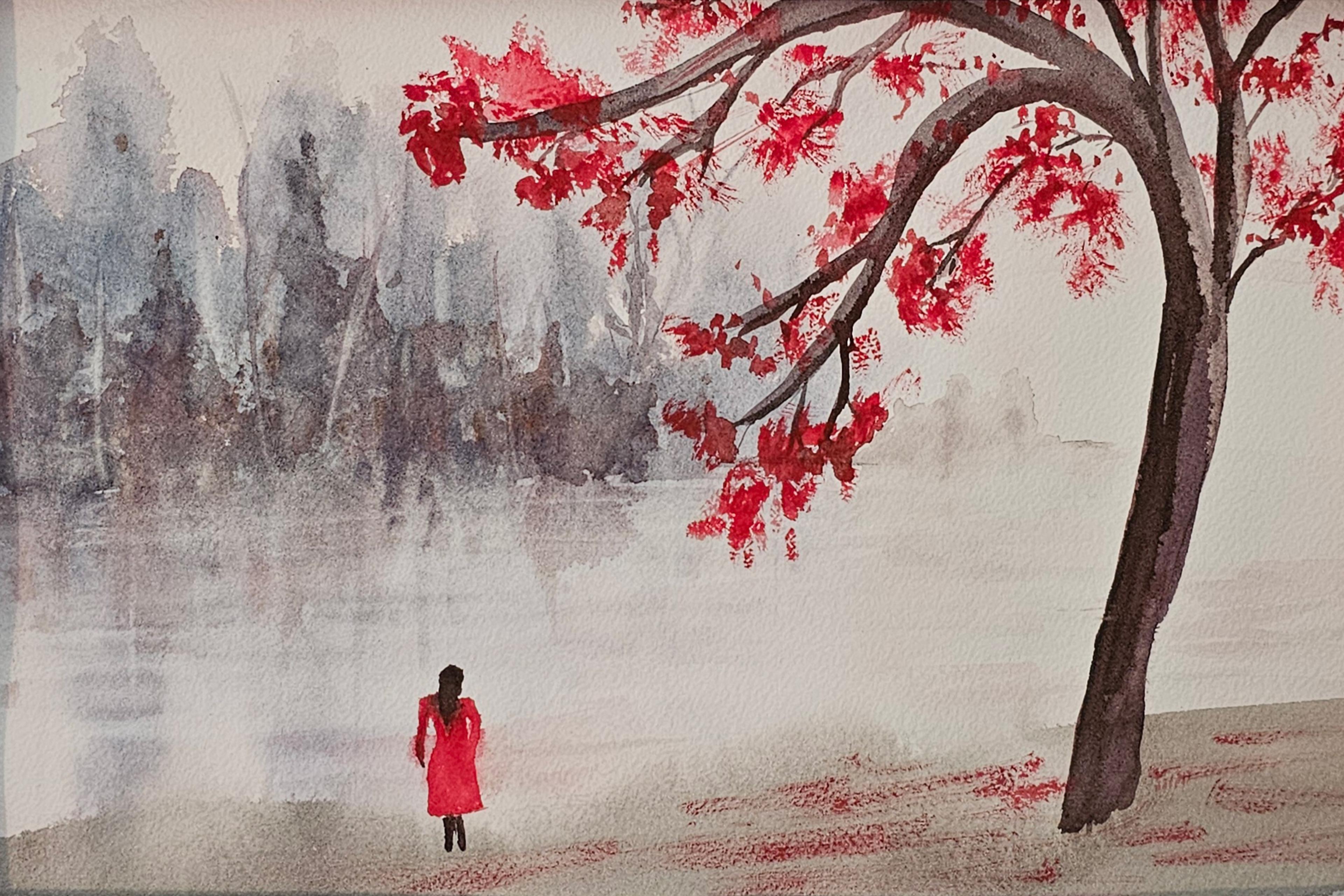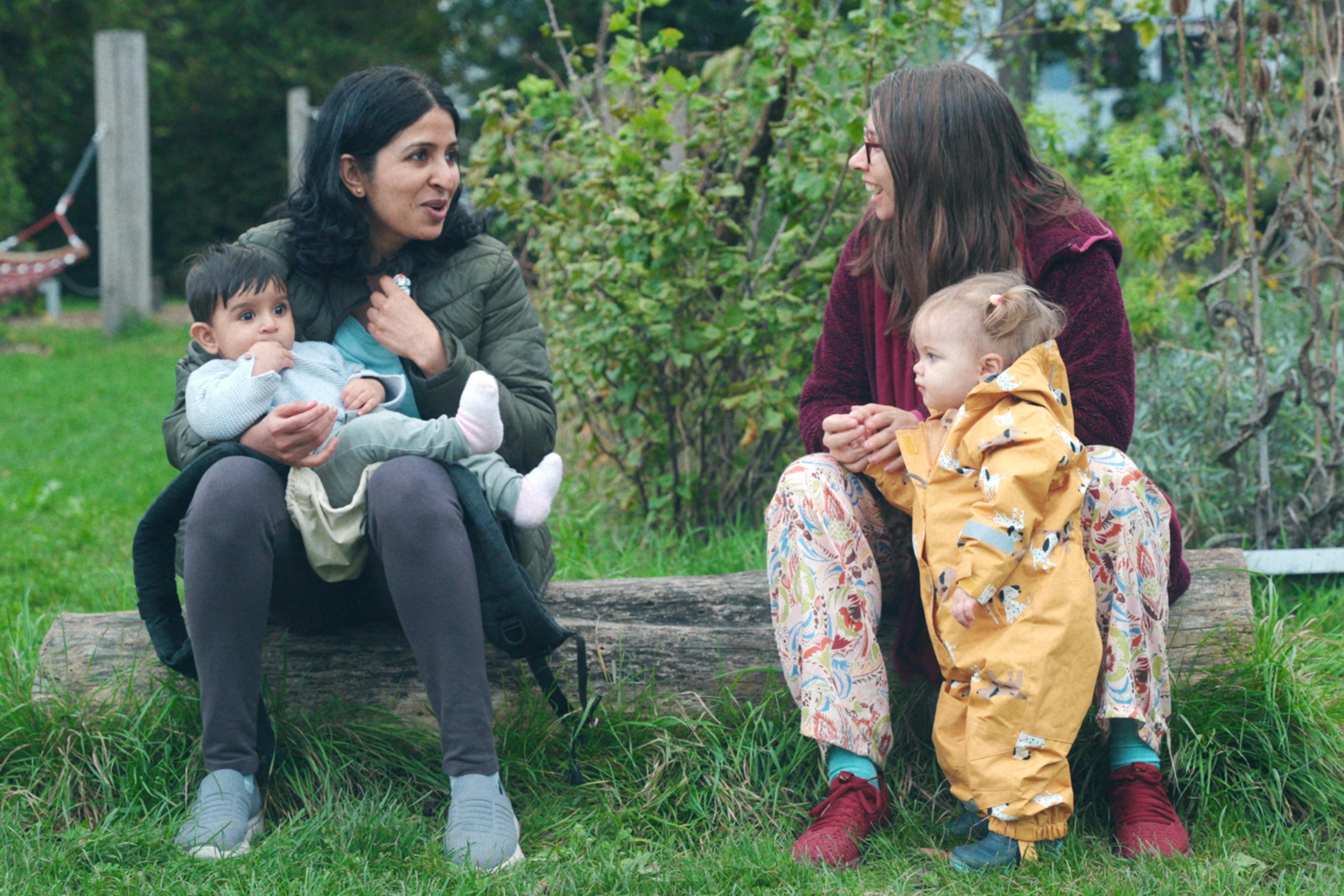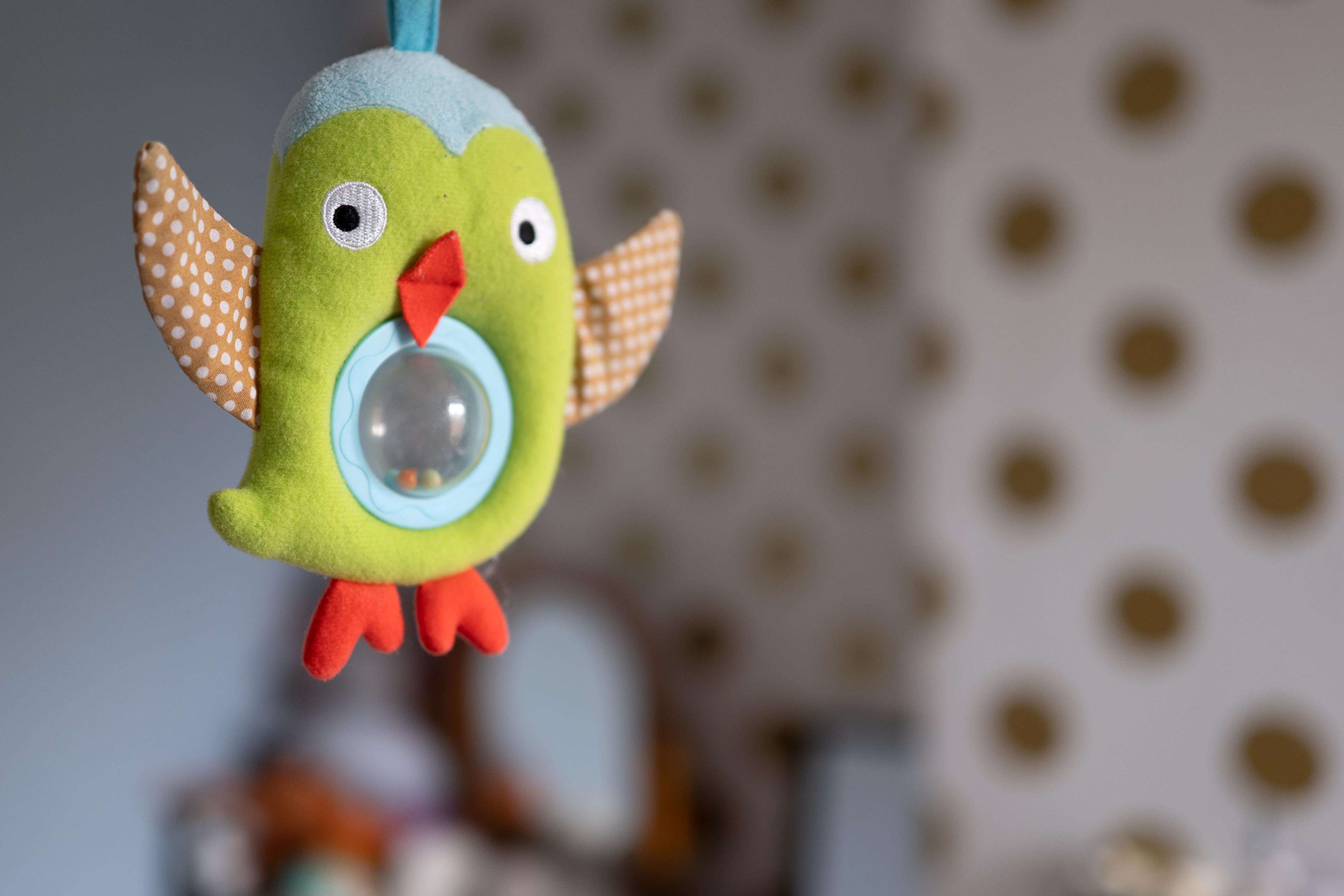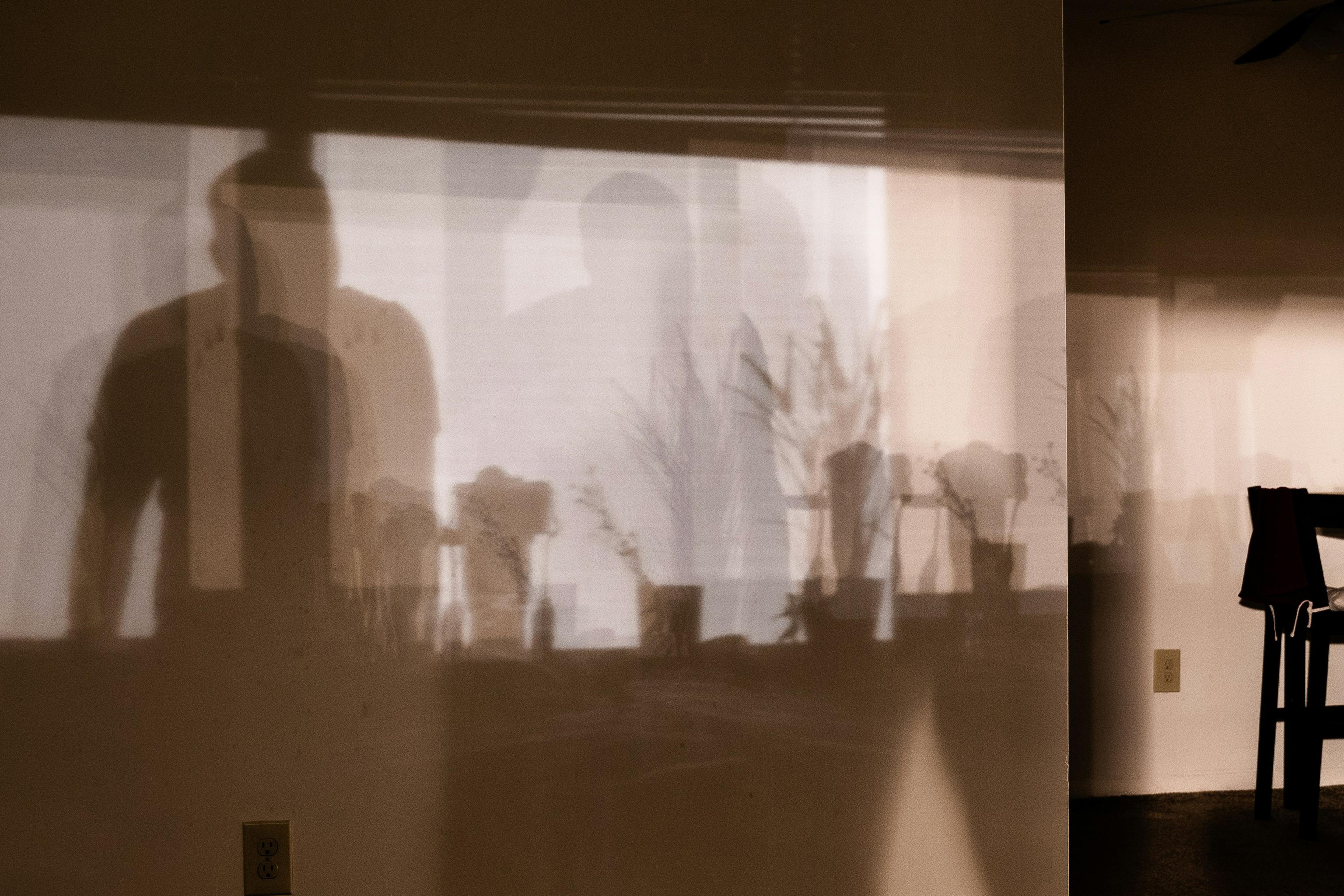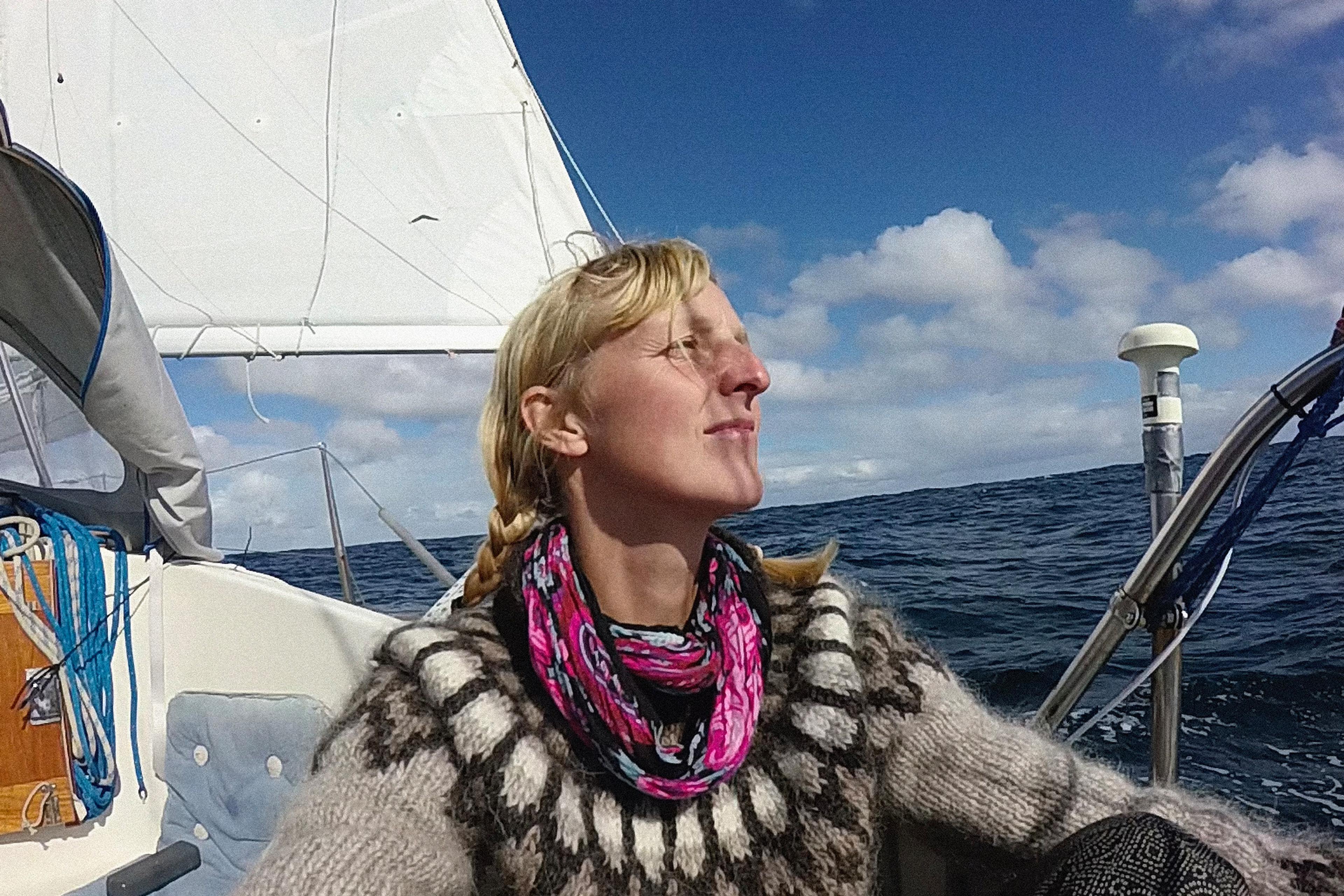At birth, an invisible thread fastens us to our parents or primary caregivers and, as we wend our way through life’s course, that thread tends to stay the journey. During the transition from infancy and adolescence to adulthood, the parent-child relationship becomes a dance that changes rhythm to accommodate changing needs. These invisible connective fibres help us develop and make us human but, if held too tight, do they also hold us back? In Ties, the filmmaker Dina Velikovskaya asks this question by recasting these invisible ties as an actual cord tethering a young woman to her mother and father.
In the film’s whimsical animated universe – made of wire objects and 3D pen-drawn figures – a daughter leaves home and steps out into the world with a backpack, walking the line between dependence and freedom. But her departure literally unravels her parents’ world. As she leaves, a thread from her skirt attaches to the garden swing and, when she pulls away in a taxi, a domino effect ensues: the further she gets, the more the thread of home unfolds. A washing line is plucked from its hold like the strings of a guitar; books fall from shelves as if beset by an earthquake; the walls of the house straighten out and fly upwards, until, finally, the father himself unwinds, limb by limb. While the mother wrestles to reclaim home, husband and daughter, that daughter resists, in a tug-of-war for her independence. And when the cord finally breaks, it signals new beginnings for each of the characters: the mother rebuilds her life (and husband) from the ground up, and the daughter navigates the freedom of being untethered. And, yet, they still remain connected. After the severance, mother and daughter both take to a swing in their newly distant corners of the world, highlighting the unbreakable bond between them.
Inspired by her own move from Russia to Germany, Velikovskaya describes going ‘deep into my own wounds’ to find the bones of the story. For the film’s unique aesthetic, the technique of combining wire figures, 2D digital animation and 3D hand-drawn art brings a realness and expressiveness to the drawings. Even with its mostly black-and-white colour palette, nonverbal dialogue, simple premise and light-hearted mood, the short carries a surprising amount of emotional depth. Velikovskaya’s visual metaphor for the relationships that bind us speaks to the importance of setting boundaries and going your own way, even if it means temporarily loosening or cutting ties. Seeking to communicate the message that ‘the connection between close people is intangible, and therefore cannot be destroyed by distance’, Velikovskaya’s film suggests that, as with pruning plants, trimming the vines that entwine us can bring opportunities for new growth. At the film’s close, when the daughter ventures into the world alone, there’s a sense that it’s her connection to home – her deep, stable sense of belonging – that makes the transition to independence possible.
Written by Olivia Hains
